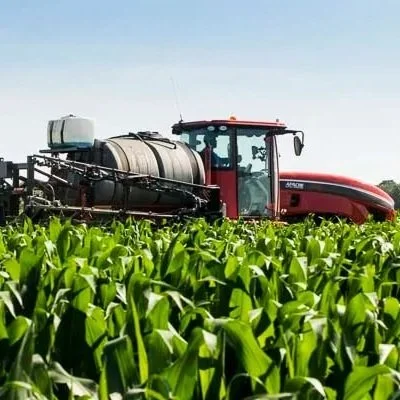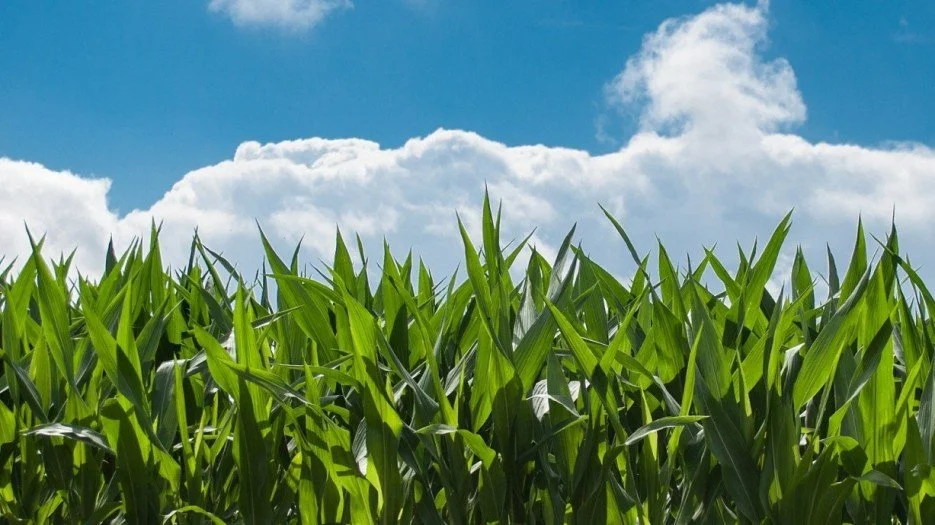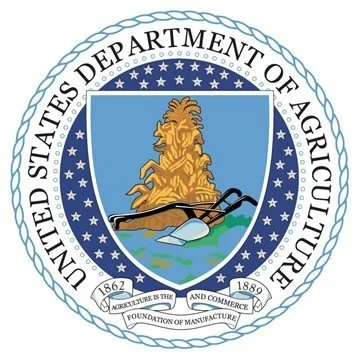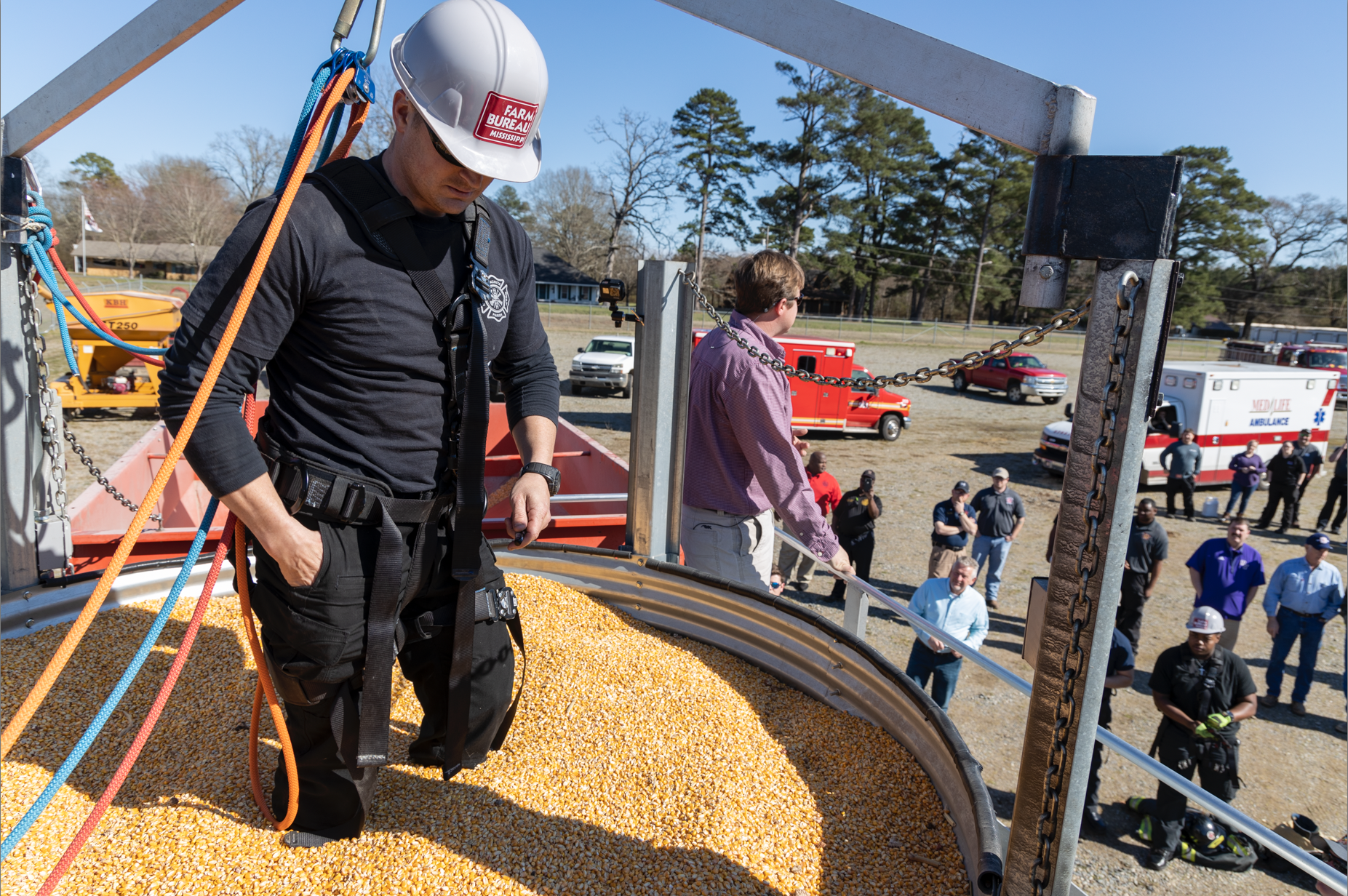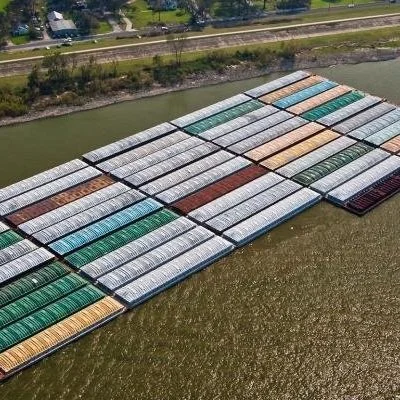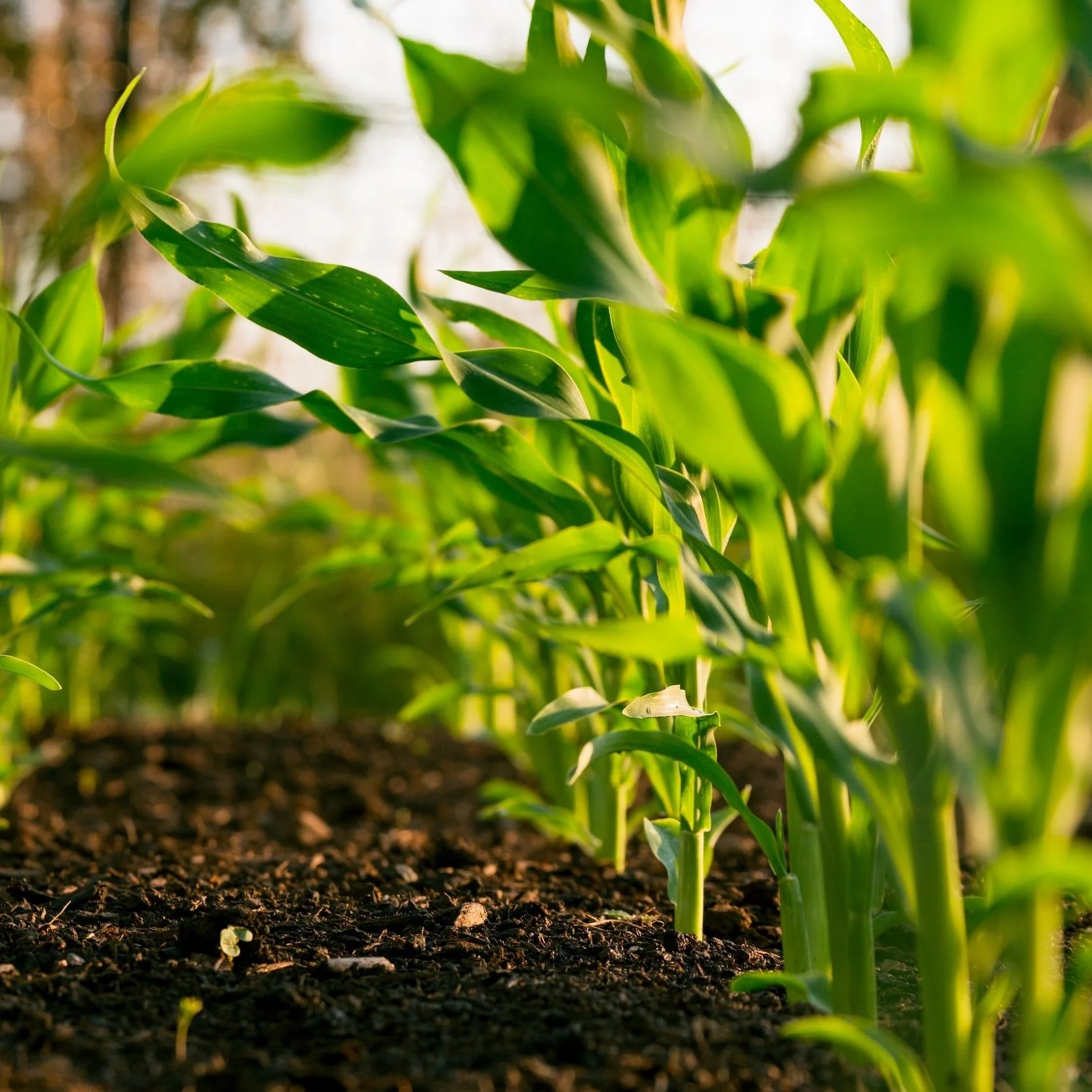Nitrogen (N) is the most yield limiting nutrient for corn production. The LSU AgCenter recommends 1 to 1.25 lbs of N per bushel of corn harvested i.e., a 200-bushel corn crop requires about 200 to 250 lbs N/acre.
Read MoreThe latest round of grain export sales data from USDA, out Thursday morning and covering the week through March 10, showed old crop sales facing some modest to moderate week-over-week reductions, but the overall numbers were still relatively bullish. Old crop corn sales faded 14% lower, but total sales remained strong and bested analyst estimates. Old crop soybean sales tipped 11% below the prior four-week average, while old crop wheat sales fell 53% lower week-over-week.
Read MoreThis month’s 2021/22 U.S. corn supply and use outlook is for increased food, seed, and industrial use, larger exports, and smaller stocks relative to last month.
Read MoreA group of 16 U.S. states, some corn and soybean growers associations, the American Fuel And Petrochemical Manufacturers and others are challenging the U.S. Environmental Protection Agency's (EPA) tougher vehicle emission rules.
Texas Attorney General Ken Paxton filed a challenge joined by Ohio, Alabama, Arkansas, Alaska, Indiana, Kentucky, Louisiana, Mississippi, Missouri, Montana, Nebraska, Oklahoma, South Carolina and Utah. The state of Arizona filed a separate legal challenge.
Read MoreThis report contains the results from the 2021 December Agricultural and Row Crop County Agricultural Production surveys.
Read MoreNitrogen (N) fertilizers may be a limiting factor for corn production based on rising nitrogen fertilizer prices and other production input. There are a few things to consider with high N fertilizer prices: (a) apply nitrogen fertilizer at the right time, (2) add or treat urea-based fertilizers with a proven nitrogen stabilizer, and (3) apply the nitrogen fertilizer at the appropriate rate.
Read MoreAs the 2022 crop production season begins, the U.S. Department of Agriculture’s National Agricultural Statistics Service (NASS) will contact approximately 1,100 Louisiana producers to determine their plans for the upcoming growing season.
Read MoreThe U.S. exported $177 billion worth of agricultural commodities in 2021, firmly besting the record in 2014 by about 15% and overshadowing 2020 totals by 18%, according to new data released by the Commerce Department.
Read MoreCorn hybrid performance is annually evaluated in official hybrid trials (OHTs) by LSU AgCenter researchers to provide Louisiana growers, seedsmen, county agents and consultants with unbiased performance data for commercial corn hybrids submitted for evaluation by private companies.
Read More2022 is shaping up to be an interesting year from a weed management perspective. Supply chain issues coupled with expanding herbicide resistance could make this season especially challenging when it comes to weed control.
Read MoreSeveral U.S. Department of Agriculture (USDA) national program deadlines are approaching.
Read MoreThe Louisiana Farm Bureau Federation (LFBF) and Mississippi Farm Bureau Federation will hold their annual Grain Bin Rescue Training workshops in early February across northeast Louisiana. This will be the first in-person workshop since the COVID-19 pandemic canceled workshops in 2020.
Read MoreThe U.S. Army Corps of Engineers will target $829.1 million investment in lock and dam modernization projects along the Upper Mississippi River with funding made available in the bipartisan Infrastructure Investment and Jobs Act. A significant priority for soybean and grain farmers was the $732 million designated to complete the design and construction of the Lock and Dam 25.
Read MoreThis month’s 2021/22 U.S. corn outlook is for higher production, greater food, seed, and industrial use (FSI), lower exports, and larger ending stocks. Corn production is estimated at 15.115 billion bushels, up 53 million on a 0.3-million acre increase in harvested area.
Read MoreAlready up as much as 200% year-over-year, the cost of fertilizing crops is expected to get even more expensive in 2022.
In a report prepared at the request of Louisiana Rep. Julia Letlow, agricultural economists noted product shortages and growing input costs will create a challenging environment for which the farm safety net is ill-prepared.
Read More
